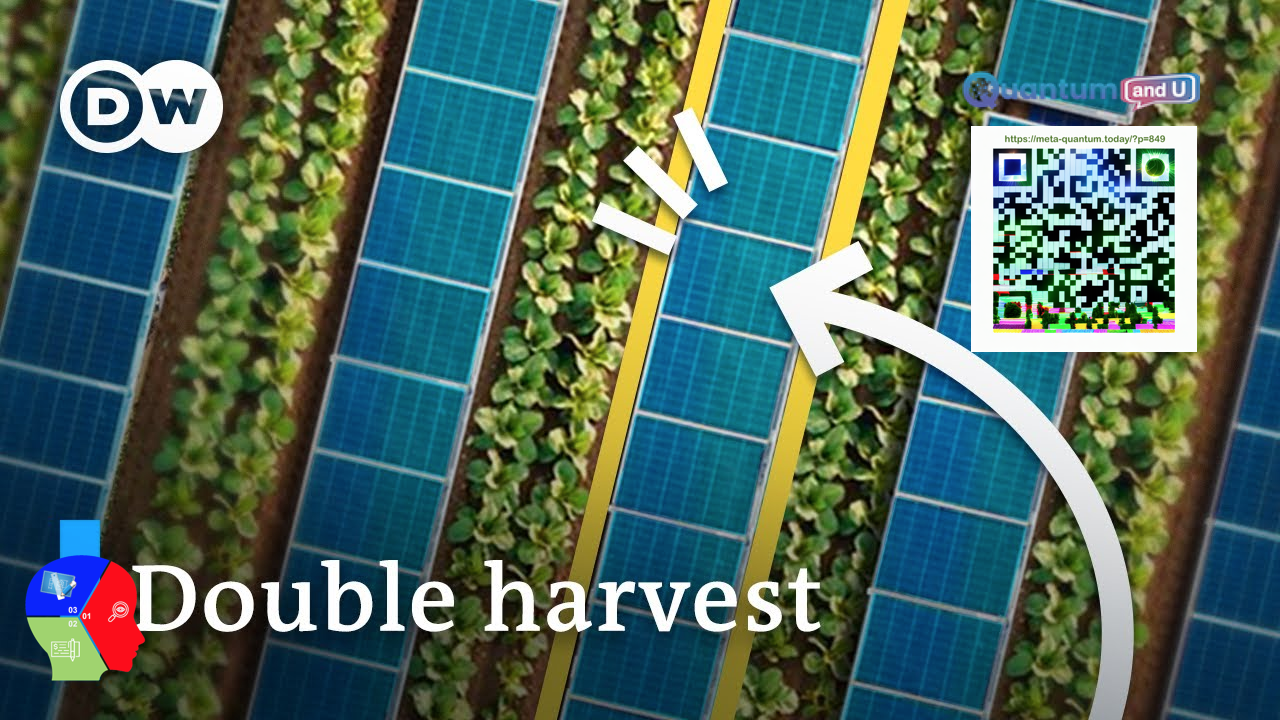
Introduction:
The YouTube feature, “Why we should be deploying solar technology in our fields and lakes,” underscores the urgency of transitioning to renewable energy sources to mitigate climate change and secure a sustainable future. It points out the largely untapped capacity of solar power, an inexhaustible and clean energy source, as an alternative to fossil fuels. Yet, it unveils a disturbing truth – despite being the most plentiful energy source, solar power accounts for a mere 3.7% of global production. To tackle this, the video introduces three cutting-edge solutions in solar technology: agrivoltaics, floatovoltaics, and space-based solar power satellites. Agrivoltaics merges solar technology with farming, promoting dual-purpose land use. The ensuing shade from the panels enhances crop growth by minimizing water evaporation and shielding against extreme weather. Floatovoltaics is the practice of mounting solar panels on water bodies, thus conserving land, enhancing panel efficiency through the water’s cooling effect, and preserving water by curbing evaporation. The video’s final innovation, space-based solar power satellites, suggests harnessing solar power directly from space, where sunlight is consistently intense. This energy is then beamed back to Earth, circumventing constraints like weather fluctuations and day-night cycles. The video concludes that these pioneering strategies could significantly augment solar power production, cultivating a sustainable global ecosystem. By adopting these methodologies, we can tap into the full potential of solar energy and pave the way towards a more environmentally friendly world.
Related Sections:
- Agrivoltaics – Combining Solar Panels and Agriculture:
Agrivoltaics proposes an innovative approach to utilize existing farmland to generate solar energy without compromising agricultural productivity. Modules are designed to allow sunlight to reach the soil beneath, enabling the cultivation of crops alongside solar panels. Studies have shown that certain crops, like tomatoes and chili peppers, even benefit from the shade provided by the panels, increasing their yield. Agrivoltaics not only saves land but also conserves water and protects crops from extreme weather conditions. Although there are challenges, such as crop selection and initial investment costs, agrivoltaics offers promising potential, especially in arid regions heavily reliant on agriculture. - Floatovoltaics – Harnessing Solar Energy on Water Bodies:
Floatovoltaics, also known as floating photovoltaics, proposes placing solar panels on water bodies such as reservoirs, lakes, and oceans. These floating platforms can generate significant amounts of electricity while also reducing water evaporation, which is crucial in water-scarce regions. Additionally, floatovoltaics allows for fish farming under the panels, providing an additional revenue stream. The technology has gained traction in various countries, with Asia leading the way, and shows great promise in efficiently using water surfaces for renewable energy production. Despite environmental concerns and higher initial costs, floatovoltaics is expected to expand rapidly in the coming years. - Space-Based Solar Power Satellites – Reaching for the Sun:
The concept of space-based solar power satellites involves placing solar panels in Earth’s orbit to harness uninterrupted solar energy. Microwave radiation transmitted from the satellites is converted into electricity on the ground. Although the idea was first proposed decades ago, recent initiatives led by the UK, the US, China, and Japan are exploring its feasibility. While space-based solar power offers the advantage of continuous energy supply, it faces significant challenges such as high costs, energy loss during transmission, and maintenance difficulties. Given the urgency of the climate crisis, more immediate and practical solutions are required to address the current energy demands.
Conclusion and Takeaway Key Points:
The YouTube video advocates for a swift transition to solar energy as a crucial step in combating climate change and limiting global warming. Three innovative approaches are highlighted: agrivoltaics, floatovoltaics, and space-based solar power satellites.
- Agrivoltaics offers a sustainable way to combine solar energy production with agriculture, maximizing land use efficiency, conserving water, and protecting crops from extreme weather.
- Floatovoltaics leverages water bodies to generate solar power, providing additional benefits such as reduced water evaporation and potential for fish farming. Despite higher initial costs, floatovoltaics is gaining momentum, particularly in Asia.
- Space-based solar power satellites hold the promise of continuous energy supply, but significant challenges and costs must be overcome before implementation.
In conclusion, while space-based solar power is an exciting concept for the future, immediate focus should be on agrivoltaics and floatovoltaics, as they present more realistic, cost-effective, and practical solutions to meet our current energy needs while preserving valuable land and water resources. The world must prioritize the widespread adoption of solar energy technologies to accelerate the transition to a sustainable and climate-resilient future.


